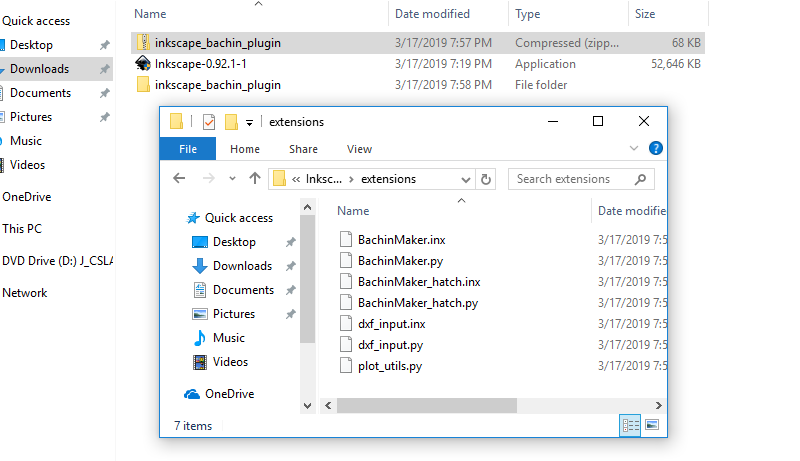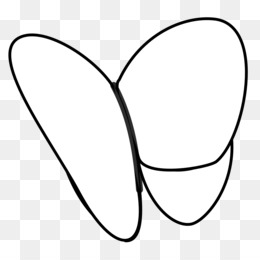



Personally I like to have a bit larger contrast in those lines, had used in the mentioned project something like 0,7 with 0,18? Can't recall. Practical reasons is that those are measured time to time and they could wear down from the paper. Meaning 0,5 mm wide strokes are paired with 0,25 mm and 0,7 mm with 0,35.įor the measuring mark's small diagonal stroke the thicker stroke is used, for the rest the thinner. The line weights are like the paper sizes, based on the 2^x system, so when a plan is printed in double size, you can work on it with the same drafting set. (Other weights are listed here).Īs far as I remember 2 line weights are used in a technical drawing, one thick and a thin, all within the same scale. In general, strokes of a plan are defined by standards. Whatever happened to the experimental CAD tool plug in? Is there anyone else writing extensions for Architectural drawings? Is there anyone out there using Inkscape for Architectural drawings? Having said all that here are a few questions I'd like to ask. The only problem was some things were painfully slow to do.īeing impressed with the outcome of the plans, I decided to write some extensions to speed up the process, and have been using Inkscape to draw my plans ever since. The results were professional looking, and I found Inkscape capable of doing anything I needed it to do. Draftsight, which seemed very capable, but had a steep learning curve, and I did not have the time to learn it. But, they were incapable of creating a simple set of working plans.

A lot of inexpensive or free programs I could use to draw a floor plan, make nice furniture, and create a 3D view. A few wonderful programs that cost thousands of dollars (out of my price range). So, I looked for a CAD program to use to draw them. I'm a construction contractor in the U.S., and a few years ago I needed to draw some computer plans for a client.


 0 kommentar(er)
0 kommentar(er)
